Where Do We Go From Here? The Future of Public Education

American public education has changed dramatically during the past 50 years. The majority of public school students now are non-white, including many recent immigrants. Educators must comply with the Common Core State Standards, annually prepare students for standardized tests and undergo public evaluation.
Since its beginnings in 1992, the charter school movement has grown to encompass some 6,800 schools in 42 states and the District of Columbia, serving approximately 3 million students. Many are run by for-profit management companies that receive public dollars but little public oversight. Education voucher programs, through which families can use public funding to send their children to private schools, also have spread since the Supreme Court sanctioned the practice in 2002. And home schooling has grown rapidly as well, particularly among minorities. The federal government plays a much stronger role in funding public schools and shaping education policy. Major foundations also actively influence policy and practice.
Now the current President and Secretary of Education seem poised to accelerate charter school development, education vouchers and other elements of privatization. Will public education as we know it survive? What needs fixing and what needs protecting? Below, TC faculty members, alumni and a current student — Sonya Douglass Horsford; Luis Huerta; Ernest Morrell; Aaron Pallas; Diane Ravitch; Dirck Roosevelt; Basil Smikle; Michael Usdan; and Amy Stuart Wells — weigh in
Sonya Douglass Horsford: We’re Failing Our Schools, Not the Other Way Around
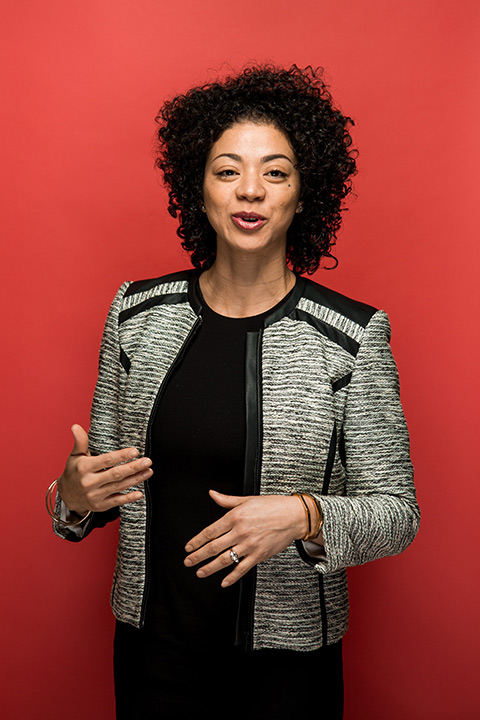
“We need a counter-narrative to the privatization and marketization of public schools...This is not a child or youth problem. It is an adult problem. It starts with us.”
—Sonya Douglass Horsford
And therein, she says, lies the rub: “the irony and paradox” of expecting schools to serve as “an equalizing force in a country founded on race and class inequality.” The playing field is unequal, Horsford argues, because while some students have access to elite private schools or well-financed public schools in wealthy neighborhoods, others are funneled into racially and socioeconomically segregated spaces characterized by inexperienced teachers, limited resources and low expectations. The result is a dual system that Horsford describes as American education’s “new Jim Crow. The moral and economic dimensions of this crisis are intermingled, she says, and we all pay the price: “We must tap the potential, possibilities and gifts of our young people who, I would argue, hold the answers to society’s pressing problems Educators, too, are poorly valued in a system guided by high-stakes testing and performance-based accountability.”
One barrier to better public understanding of the situation, Horsford argues, is a false dichotomy between, on the one hand, education that promotes citizenship and diversity and, on the other, schooling for college and career readiness. “We have to engage in parallel efforts — the two are not mutually exclusive,” she says. “Of course we need to reimagine schools and school systems that support everyone. But we also have to make sure that, in the meantime, we are preparing students to not only survive, but also thrive in an era of extreme inequality.”
Achieving both ends at once requires equitable funding at a state level, school-family-community collaboration, and leadership for social justice. “We need a counter-narrative to the privatization and marketization of public schools — a simplified message that advances the values and virtues of public education. This is not a child or youth problem. It is an adult problem. It starts with us.”
[ Diane Ravitch (Ph.D. '75) is education’s best-known living historian and, arguably, its most controversial figure. The story of her quest to work out her views on American schooling has in many ways anticipated the nation's. ]
Luis Huerta: Privatization is Penalizing the Public
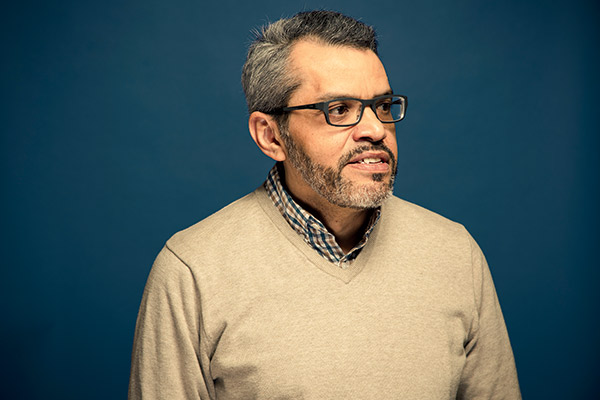
“The evidence shows that market competition and privatization are not increasing achievement or expanding access to better schools for many students,” says Huerta, Associate Professor of Education & Public Policy.
“We’re seeing the dismantling of the administrative state and public institutions. That’s the tide that needs to be reversed.”
—Luis Huerta
Even worse, says Huerta, school choice models have often deprived parents and communities of control over their kids’ education. “The push toward market models and devolution of public authority has been co-opted by a lot of private interests,” he says. A host of intermediaries has entered the field — big foundations, school management organizations, for-profit organizations — and often “their interests aren’t aligned with those of the community.”
Nor have charters lived up to their hype as wellsprings of innovation. “Attempts to develop locally unique forms of schooling often took a back seat,” Huerta says. To command legitimacy — particularly in the form of test score results — school operators have favored traditional design. “Over time, what has happened is replication at the expense of developing new forms of effective schooling.”
Huerta believes market-driven reforms cannot succeed unless local authorizers are capable, willing and required to perform their oversight role and uphold equity and access. “That’s the pivot point,” he says. He supports a proposed law in California that would prevent for-profit entities from governing a public school. But ultimately, he believes the stakes go beyond schools. “We’re seeing the dismantling of the administrative state and public institutions. That’s the tide that needs to be reversed.”
Ernest Morrell: Choice – But with Change
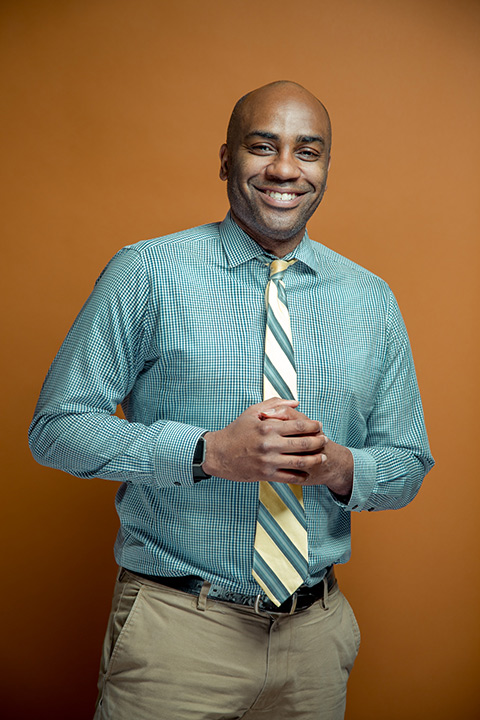
“This language of being at-risk makes children and their families the subject. Whereas if you ask how a system can be more responsive and inclusive, the subject becomes those in power. How are we getting this wrong? What can we do?”
—Ernest Morrell
Those are the people, says Morrell, who, for the past two decades, have been penalized by the “implicit-deficit” language — No Child Left Behind; Race to the Top; Every Child Succeeds — affixed to national education policy. “This language of being at risk makes children and their families the subject,” Morrell says. “Whereas if you ask how a system can be more responsive and inclusive, the subject becomes those in power. How are we getting this wrong? What can we do?”
Seen this way, the choices parents make aren’t the core problem in U.S. education — even when their decisions result in re-segregated schools. “If suburban schools are going to be better funded, parents are going to move their kids there,” Morrell says. “It doesn’t mean they’re racist.” Better, he argues, to focus on the causes that make those choices rational.
For example, the gerrymandering (rejiggering) in some regions of districts along party, racial or class lines has increased the funding of haves at the expense of have-nots. In other districts — particularly in Southern counties, under desegregation rulings whose effects have endured — there has been “more attention to material equity,” Morrell says. In those districts, “You’re going to go to school with people that are socioeconomically different from you.” He believes it’s worth fighting for similar metropolitan approaches. “These small districts don’t make sense by geography, but make a lot of sense when you see how hyper-segregated they are.”
Even though public education in America is “embattled,” Morrell says, he detects fresh opportunity and new activist energies for precisely such engagement. “Very articulate and poetic social movements are afoot and have rekindled an interest in education. For us in the field, it’s important to be vocal and present at this time.”
Aaron Pallas: The Real Accountability Crisis: Public Dollars that Go to Private Schools
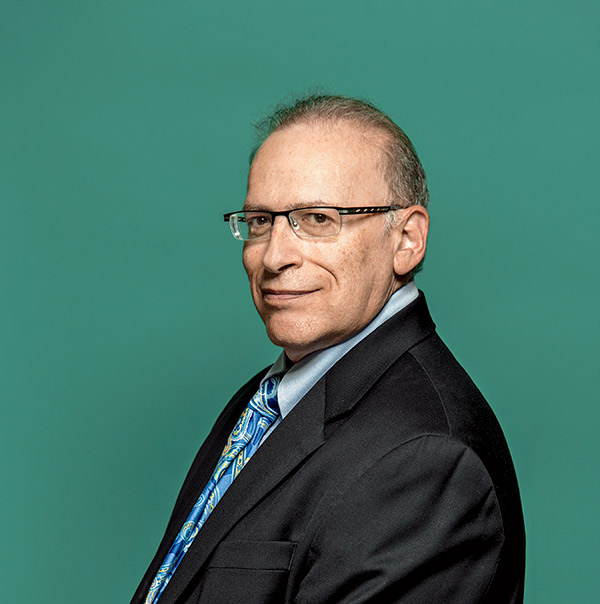
“Silver bullets like [school] choice rely on the invisible hand. They do not tell us what content is important, or how teachers can teach in effective ways.”
—Aaron Pallas
American students have been middle-of-the-pack in international assessments for decades and recently, “we’ve seen trends nationally in student achievement that are mostly flat, but show a slight uptick.”
Even incursions on public education by private and charter schools and home-schooling are less drastic than some suggest, Pallas says. More than 85 percent of students attend public school, with only six percent in charters. “Over the next five to 10 years I’d be very surprised if the proportion of students enrolled in traditional public schools fell below 75 percent.”
Still, Pallas adds, the U.S. education model breeds wide differences. “Some states, if left to their own devices, would do just fine, but others need federal guardrails and hand-holding.”
But with the new administration unlikely to support public schools, structural reform is off the table: “I don’t see much momentum for reallocating federal, state and local responsibilities.” The residential dynamics that produce de facto school re-segregation in many areas is “a problem that has proven pretty intractable.”
Given those dynamics, Pallas calls on states to hold private schools (which essentially include many charters) accountable for the public dollars they receive. Some publicly funded charters do not serve their fair share of struggling students, such as children with disabilities, while others stay open despite weak evidence of student learning. Meanwhile — now more than ever — public schools must seek answers within their walls.
“School choice doesn’t provide guidance in terms of the interaction among teacher, student and subject matter,” Pallas says. “Silver bullets like choice rely on the invisible hand. They do not tell us what content is important, or how teachers can teach in effective ways.”
Dirck Roosevelt: Critical Analysis as an Antidote to Democratic Disconnection
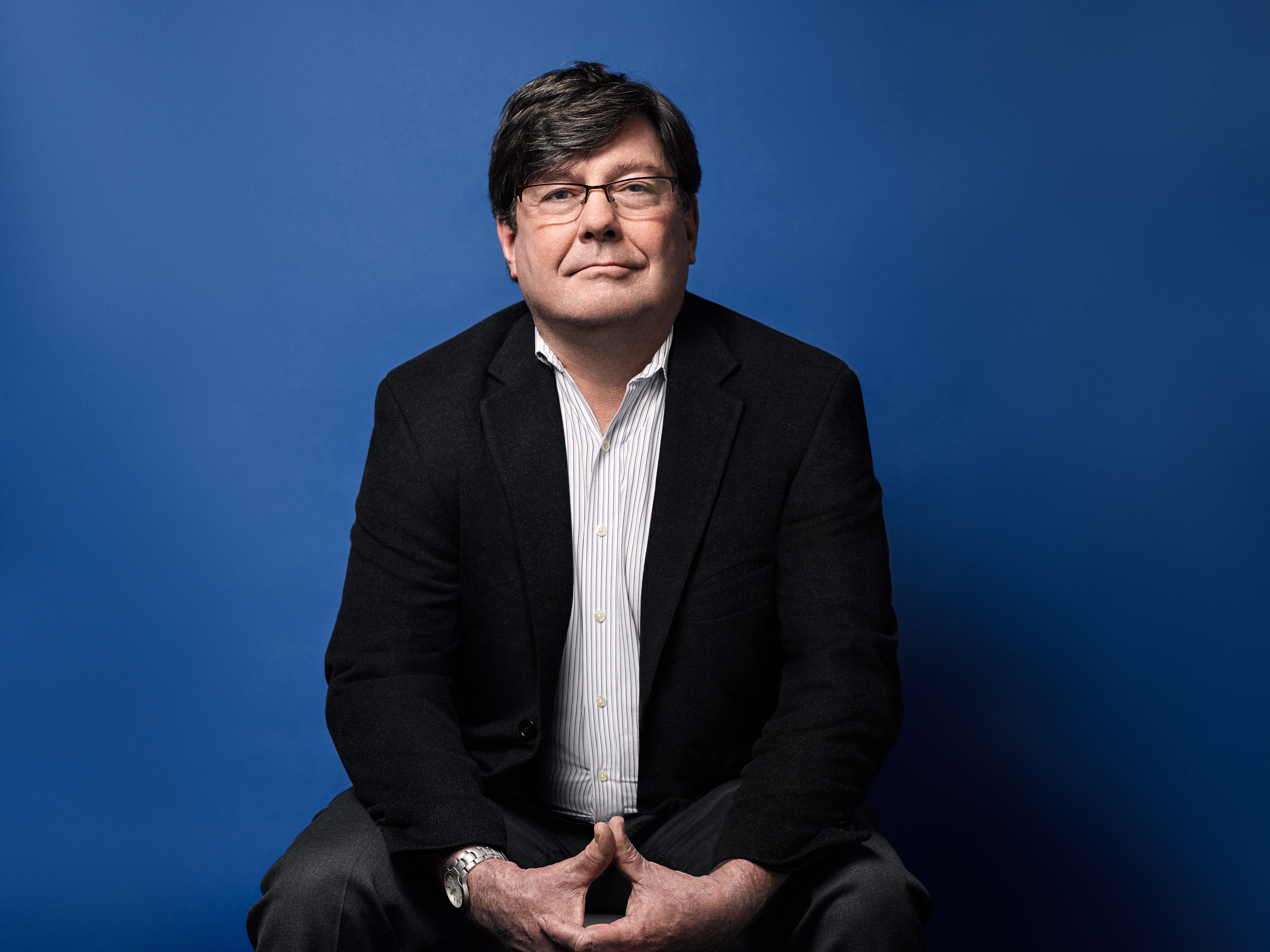
"Without professional freedom, it is hard to educate others to be free thinkers and free citizens.”
—Dirck Roosevelt
Roosevelt — Coordinator of TC’s Teacher Education doctoral concentration — says “it’s hard to find freedom of decision in classrooms” and thus to educate others to be free thinkers and citizens. He fears an acceleration of the “democratic disconnection” of American public schools, compounded by extreme residential and school segregation. School choice is more symptom than cause of that process. “People once put thought into providing significant, equitable opportunities for family choice within public education. Now the charter movement, too often characterized by corporate influence and militaristic discipline, chews up and spits out teachers.”
Obsessed with high-stakes testing, the system has “ironed out the unexpected and unpredictable” in a diverse society that demands those qualities. Schooling has become about “learning to survive routines” — including for teachers, who often are treated as “mere technicians.” Roosevelt’s antidote: critical analysis. “My early-career teachers are eager to examine their circumstances. The effort to understand forces with which one is contending gives dignity to the work.”
Basil Smikle: The Election’s Upside: Now Comes the Backlash
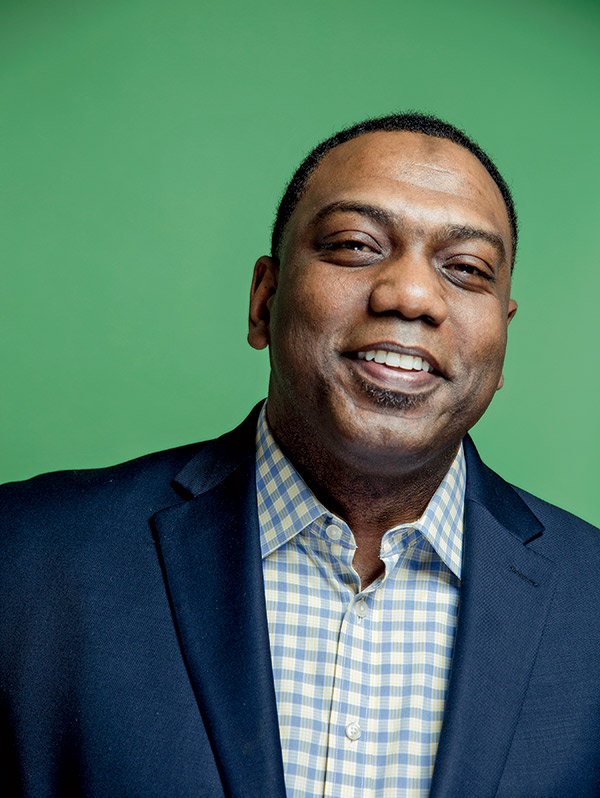
“The trend has existed for a long time – we treat students as units of human capital. And I think that there is a renewed wariness about that and a growing backlash against the current Secretary of Education.”
—Basil Smikle
“There are a lot of reasons why people don’t vote,” Smikle says. “If we spend more time teaching young people how to access government and why it affects their day-to-day lives, I think you’ll see voter turnout rise.”
Political parties must educate, too, Smikle says, be-cause the new administration is emphasizing school choice and offering little support to traditional public schools. Yet the broader political tide in education may have turned. “We have long treated students as “units of human capital,” he says. “And I think that there is a renewed wariness about that and a growing back-lash against the current Secretary of Education.”
One potential flash-point: school funding. “As you start to see cutbacks in education, we will see a lot of litigation. And you’ll see the unions become more and more engaged as more options outside traditional schooling are discussed.”
Among communities of color, such mobilization “has been taking place for decades.” Smikle says. He’s hopeful that now others will join the fight, but sounds two notes of caution. One is that battles over charter schools have often ended up pitting parents in communities against one another. The second is that activism only succeeds when it is locally anchored and guided: “You don’t want a lot of outside folks coming in and telling parents what to do. Parents will rally around reforms if they are truly community-based.”
Michael Usdan: Citizenship Education Starts With Engaged Parents

“We need school leaders who can engage communities...People will fight for their kids. They just need to know how."
—Michael Usdan
Usdan (Ed.D. ’62) — Senior Fellow (and past President) of the Institute for Educational Leadership and former Connecticut Commissioner of Higher Education — is not thinking small.
“The country is being transformed demo-graphically. The majority of public school kids now are of color, and many have complex health, poverty and language issues. To provide the services they need, the whole structure and organization of public education has to be reassessed. Schools have unrivaled social penetration, but their leaders are institutionally isolated and often politically naïve. They need to build relations hips with general-purpose government and municipal agencies instead of fighting about mayoral control or charter schools, which still enroll only a tiny percentage of kids.”
Mobilizing for such an effort requires informed and supportive communities, but across America’s 14,000 school systems, Usdan says, voter turnout for school board elections is “dismal,” with results in many communities often turning on a handful of votes.
“I chaired the school board in New Rochelle [New York], and I was amazed at how little my well-educated friends and neighbors knew about whether I was salaried, did I report to the superintendent, and so forth. It’s odd, really, because people will make all kinds of sacrifices to move to a quality school district. They don’t come there because there’s a nationally prestigious fire or police department. It’s schools, schools, schools.”
Usdan would like to see education schools in general, and Teachers College in particular, take the lead in restoring a public focus on school governance.
“We need school leaders who can engage communities,” he says. “Our schools are financed by real estate taxes, which mean that the rich get richer. But people will fight for their kids. They just need to know how, particularly in this new era when control is devolving to states and localities.”
Amy Stuart Wells: “Public” Isn’t a Dirty Word
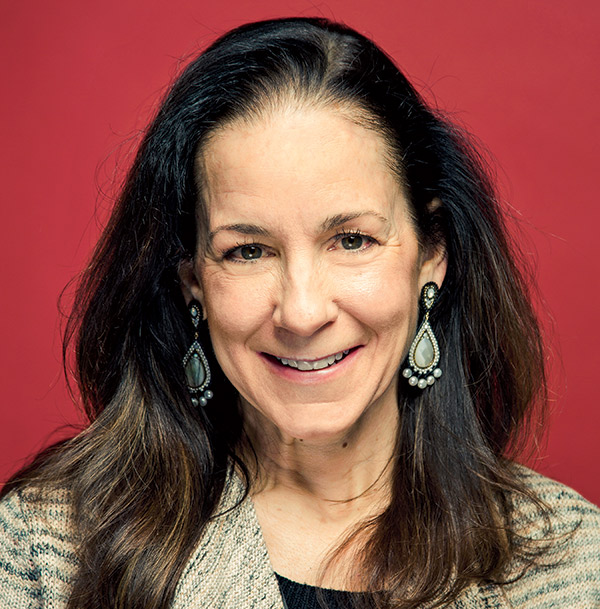
“There are phenomenal educators out there...All the bad press about how these schools are failing is exaggerated.”
—Amy Stuart Wells
Adults have undermined public education for 30 years, Wells says. Charter school reform, “begun as a compromise between voucher and public school supporters,” was “the camel’s nose under the tent in privatizing public education.”
Charter school growth, which is now likely to accelerate along with public funding for private schools, caused stratification and exclusion that “left public schools with shrinking budgets and the most marginalized students — those kicked out by charter schools or whose parents don’t know about charter school lotteries.”
Wells fears that “the very notion of public school — and anything that’s public — has been devalued,” even though public schools have much to be proud of. “There are so many phenomenal educators out there who work hard to do the right thing. All the bad press about failing schools is exaggerated.”
She urges rewriting that narrative. “We must build broad constituencies for public education, special education and access, and opportunity generally.”
Local control of schools is a double-edged sword that’s contributed to inequalities among districts but also mobilized constituencies to defend their schools. Now the nation must embrace its diversity by addressing societal inequalities. “It’s important to remind people that not only are these kids going to pay your Social Security — they’re the future of our country.”
— Siddhartha Mitter
Published Thursday, Jun 15, 2017